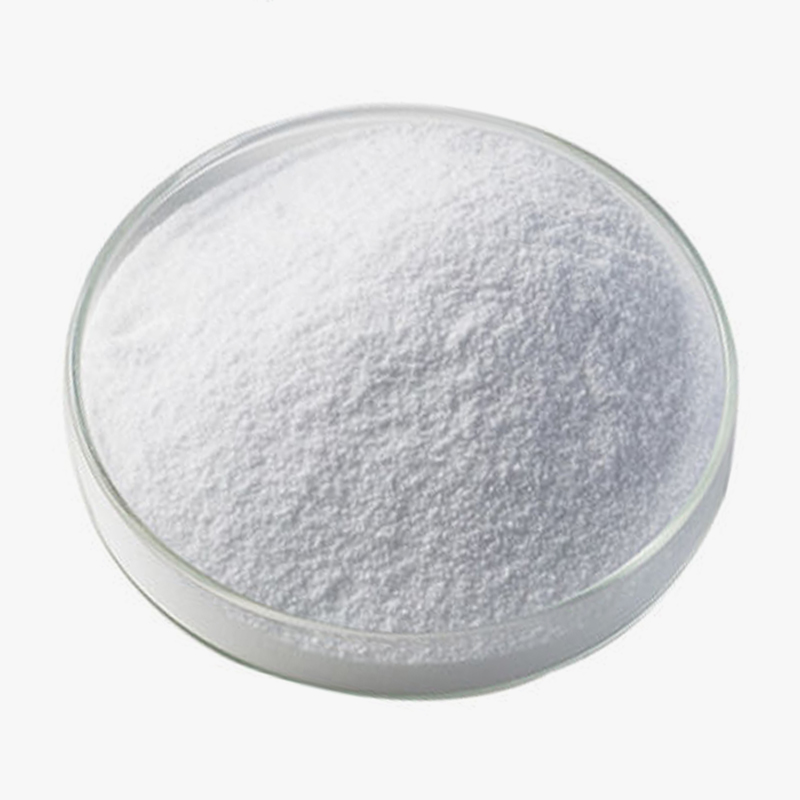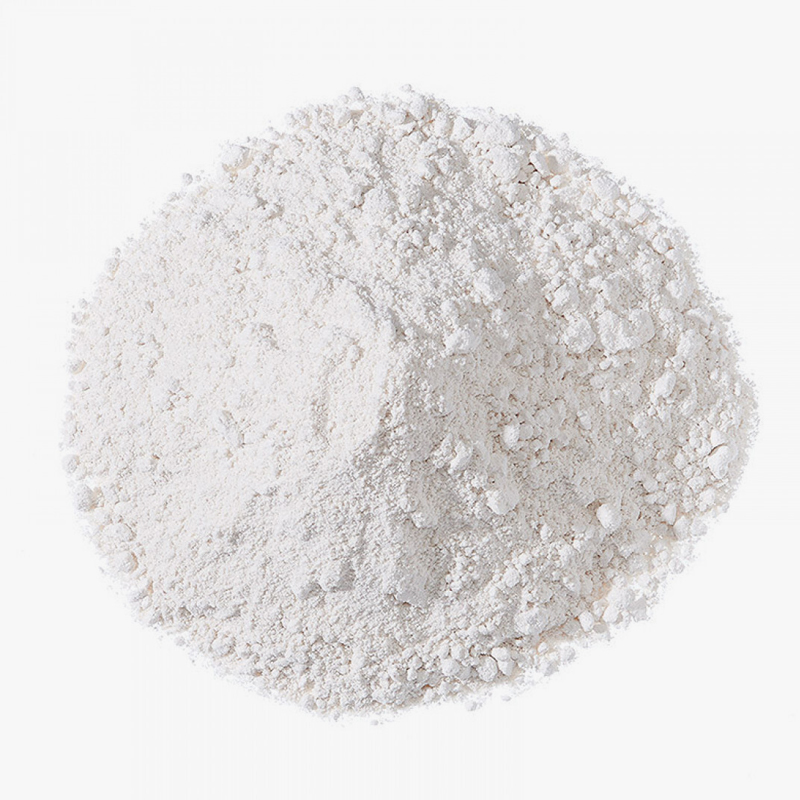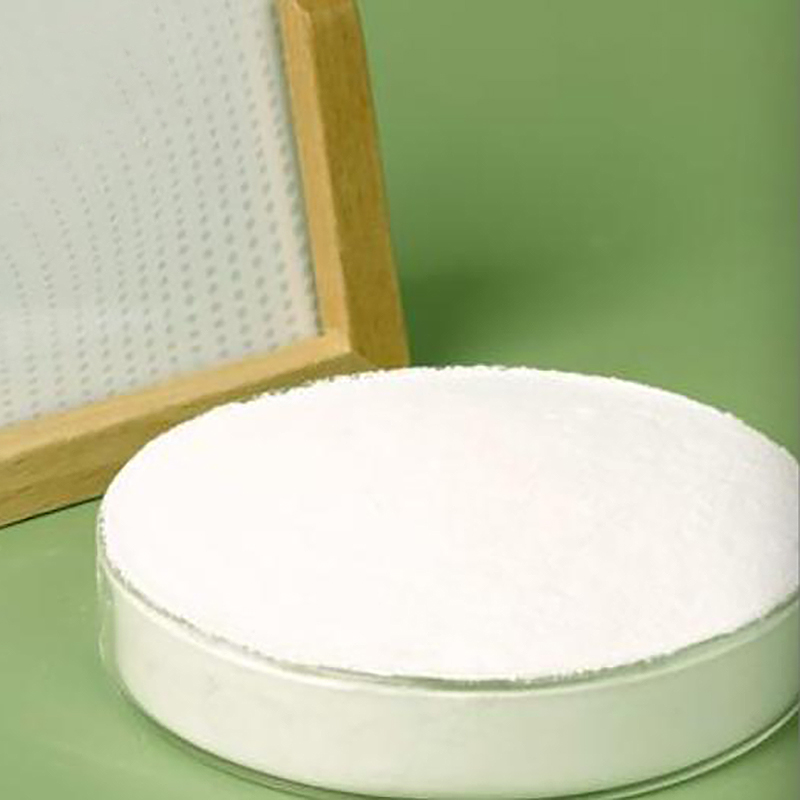Content
- 1 1. The principle of HEC improving the lubricity of drilling fluid
- 2 2. The key mechanism of HEC to enhance the stability of the wellbore
- 3 3. Precautions for using hydroxyethyl cellulose (HEC) for drilling fluid
- 4 4. Storage requirements for hydroxyethyl cellulose for drilling fluid
- 5 5. FAQ about Hydroxyethyl Cellulose for Drilling Fluid
1. The principle of HEC improving the lubricity of drilling fluid
Reduce the friction coefficient and reduce the wear of drilling tools
Film-forming effect: HEC dissolves to form a viscoelastic colloid, forming a lubricating film on the surface of the drilling tool and the wellbore wall, reducing the friction coefficient between metal and rock (can be reduced by 20%-30%).
Measured data: Drilling fluid with 0.3%-0.5% HEC reduces torque by 15%-25%, extending the life of the drill bit.
Inhibit the adhesion of drill cuttings and prevent mud from packing the drill bit
The thickening effect of HEC makes the drilling fluid shear-thinning (viscosity decreases at high flow rates), reduces the accumulation of drill cuttings on the surface of the drill bit, and avoids the risk of stuck drill bits caused by "mud packing".
2. The key mechanism of HEC to enhance the stability of the wellbore
Plugging microcracks and reducing filtration
Physical plugging: HEC molecular chains are adsorbed on the surface of microcracks on the wellbore wall through hydrogen bonds and van der Waals forces to form a dense filter cake and reduce filtration (API filtration loss can be controlled at <5mL/30min).
Inhibit hydration expansion and prevent well wall peeling
Clay stabilization: HEC combines with clay minerals (such as montmorillonite) through hydrogen bonds to inhibit water molecule penetration and reduce formation expansion (expansion rate reduced by more than 50%).
Applicable formations: shale, hydration-prone soft formations.
Improve sand carrying capacity and avoid cuttings deposition
HEC thickened drilling fluid has a high dynamic plasticity ratio (YP/PV>0.5), which can effectively suspend drill cuttings and prevent well wall collapse caused by insufficient wellbore cleaning.
3. Precautions for using hydroxyethyl cellulose (HEC) for drilling fluid
- Preparation and dissolution control
Dissolution method
Pre-hydration treatment: slowly add HEC to cold water (≤40℃) and stir at high speed (>500rpm) until completely dissolved.
Do not pour directly into high-temperature water or salt water (it will cause agglomeration and incomplete dissolution).
Recommended ratio: first prepare into 1%-2% mother liquor, and then gradually add to the drilling fluid system.
Dosage control
|
Application requirements |
Recommended dosage (w/w) |
Effect |
|
Thickening/sand carrying |
0.3%-0.8% |
Viscosity increase 20%-50% |
|
Filtration reduction |
0.2%-0.5% |
API filtration loss <8mL/30min |
|
High temperature stability (>150℃) |
0.5%-1.0% |
Temperature resistance agent (such as sulfonated phenolic resin) is required |
Overdosage risk: Adding more than 1% may result in excessive viscosity and difficulty in pumping.
- Environmental adaptability management
Temperature influence
Temperature resistance limit: Ordinary HEC (degree of substitution 1.5-2.0) is stable to 120℃, and modified HEC (degree of substitution ≥2.5) can reach 180℃.
High temperature countermeasures: When it exceeds 120℃, antioxidants (such as sodium thiosulfate) need to be added to delay degradation.
Salt and calcium resistance
Limitations: HEC is easy to precipitate in the environment of high-valent ions (Ca²⁺, Mg²⁺>5000mg/L).
Solution:
Pre-add KCl or NaCl (inhibit clay expansion and reduce HEC consumption).
Use salt-resistant HEC or compound PAC (polyanionic cellulose).
- Safety and environmental protection requirements
Protective measures:
Inhalation of powdered HEC can irritate the respiratory tract, so wear a dust mask (N95) when operating.
Rinse with clean water immediately after contact with the skin.
Environmental treatment:
Waste HEC solution can be naturally degraded, but the pH (6-9) must be controlled before discharge.
4. Storage requirements for hydroxyethyl cellulose for drilling fluid
Environmental requirements
Temperature and humidity control
Temperature: The storage environment needs to be maintained at 5-30℃, avoiding high temperature (>40℃ will cause agglomeration or degradation) or low temperature (<0℃ may freeze).
Humidity: Relative humidity ≤60% (HEC has strong hygroscopicity and is prone to agglomeration and mildew in a humid environment).
Light protection: Need to stay away from direct sunlight (ultraviolet rays accelerate polymer degradation).
Ventilation and dust prevention
The warehouse needs to be well ventilated to prevent dust accumulation (HEC powder is flammable and there is a risk of explosion if the concentration is too high).
It is recommended to use an explosion-proof exhaust fan.
Packaging management
Original packaging seal
Unopened HEC should be kept in double-layer moisture-proof packaging (inner aluminum foil bag + outer woven bag).
After opening, unused HEC should be sealed immediately with a sealing clip or transferred to a moisture-proof container.
Stacking specifications
≥20cm from the ground (placed on a pallet to avoid ground moisture intrusion).
The stacking height should not exceed 5 layers to prevent the bottom packaging from being compressed and ruptured.
Shelf life and rotation use
Shelf life
Unopened: 24 months (starting from the date of production).
After opening: use up within 6 months (viscosity needs to be tested after moisture before use).
First-in-first-out principle
Label the storage date and give priority to the early batch products.
Special risk response
No mixing of items
Oxidants (such as ammonium persulfate, H₂O₂) - may cause fire or degradation.
Strong acids and alkalis (such as HCl, NaOH) - cause HEC molecular chains to break.
Fire prevention measures
Warehouses are equipped with dry powder fire extinguishers (HEC dust can burn when exposed to open flames).
Transportation precautions
Transport vehicles must be rainproof and moisture-proof to avoid loading and unloading on rainy days.
It is recommended to use refrigerated trucks for long-distance transportation (in high-temperature areas in summer).
Storage Problem Checklist:
|
Problem |
Possible consequences |
Solutions |
|
Damaged packaging |
Moisture absorption and agglomeration |
Viscosity test after discarding or drying |
|
Water leakage in the warehouse |
Local mildew |
Isolate the damp area and strengthen dehumidification |
|
Long-term non-use |
Activity reduction |
Send to the laboratory for substitution test |
Summary: Key points for HEC storage
- Dryness first - a dehumidifier is required when humidity > 60%
- Sealed and dustproof - seal immediately after opening
- Keep away from extreme temperatures - avoid high temperature/freezing
- Mixed storage is strictly prohibited - oxidants, acids and alkalis are taboos
5. FAQ about Hydroxyethyl Cellulose for Drilling Fluid
- What is the core role of HEC in drilling fluid?
Functional overview:
Thickening and suspension: Increase drilling fluid viscosity, enhance rock carrying capacity, and prevent cuttings deposition.
Filter loss reduction: Form a dense filter cake to reduce water penetration into the formation (API filter loss can be controlled at <8mL/30min).
Lubrication and drag reduction: Reduce friction between drilling tools and wellbore walls, reduce torque and drill bit wear.
Stabilize wellbore walls: Inhibit clay hydration and expansion to prevent well collapse.
- How does HEC maintain stability in high temperature and high salt environments?
High temperature countermeasures:
Use high-substitution HEC (MS≥2.5), which can withstand temperatures up to 180℃.
Add antioxidants (such as sodium thiosulfate) to delay degradation.
High salt countermeasures:
Use KCl or NaCl to inhibit clay expansion.
Avoid direct contact with precipitating salts such as aluminum sulfate.
- What is the environmental performance of HEC?
Advantages:
Biodegradable: low residue, little pollution to the formation.
Non-toxic: meets food-grade application standards (such as FDA-certified silica HEC).
- What additives are compatible/incompatible with HEC?
Compatible combinations:
Bentonite: activate bentonite first, then add HEC.
Sulfonated asphalt: synergistically enhance plugging performance.
Incompatible substances:
Cationic polymers: may flocculate, requiring preliminary experimental verification.
Strong oxidants (such as H₂O₂): cause HEC chain breakage.
- How to determine whether HEC has failed?
Signs of failure:
Significant decrease in viscosity (caused by high temperature or salt contamination).
The solution is turbid or precipitates (degradation or salting out).
Detection method: Laboratory determination of degree of substitution (MS) and viscosity.

 简体中文
简体中文 English
English русский
русский عربى
عربى Español
Español









